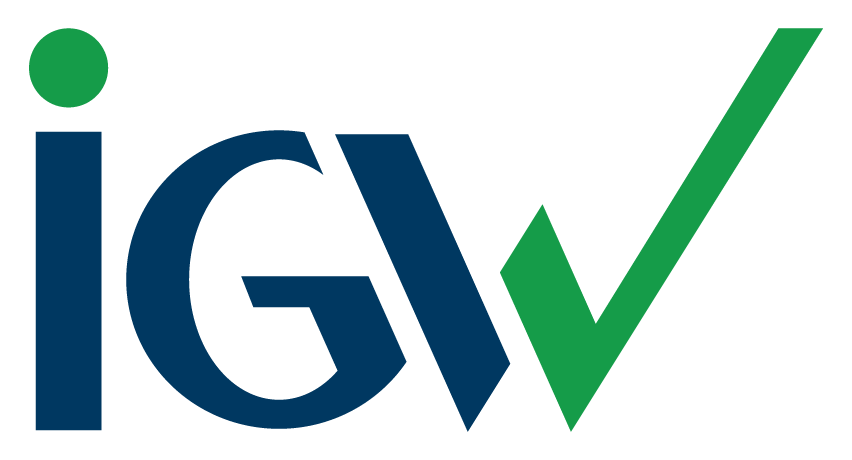I just finished The LEGO Story. Besides being an entertaining history of hands-down the greatest toy ever invented by my favorite company, the book is also a great profile of several generations of visionary leadership.
Even when LEGO was just a tiny manufacturer of hand-made wooden toys (bet you didn’t know that), its founder was driven by a vision of creating toys that helped children develop via imaginative play. Over the decades, LEGO’s vision has evolved, but it has never deviated from that core element.
For LEGO, vision is a lighthouse, a beacon of steadfastness and stability in the storm of uncertainty.
In IGW Insights Issue 5, I introduced The Focus Equation. In this issue, I want to dive deeper into the why and how of vision. I’m inspired by this oft-quoted passage from Alice In Wonderland (referenced in The LEGO Story):

“Would you tell me, please, which way I ought to go from here?” “That depends a good deal on where you want to get to,” said the Cat.“I don’t much care where–” said Alice.“Then it doesn’t matter which way you go,” said the Cat.“–so long as I get somewhere,” Alice added as an explanation.“Oh, you’re sure to do that,” said the Cat, “if you only walk long enough.”
As a business owner and CEO, are you willing to wander directionless long enough to determine which trail will take you to a meaningful destination?
I assume that you started your business from a sense of outrage at something lacking in the world. Or maybe it was a sense of confidence that you could provide a product or service at a higher level than anyone else. Maybe it was the conviction that the mere existence of your company would constitute a gift to the world, or at least to your customers.
Outrage. Confidence. Conviction. Not exactly the words of the random wanderer.
The Cheshire Cat tells Alice that it doesn’t matter which way she goes because she doesn’t particularly care where she ends up.
For a successful leader, it’s exactly the opposite. For a successful leader, the destination matters because they either fulfill they mission or fail. If you believe in your organization’s mission, you’ll paint the picture of your ultimate destination so vividly that everyone around you will feel as though they’re already there, at least in their imagination.
This clarity of vision magnetizes your team and pulls them irresistibly in its direction. It illuminates the paths toward the destination.
Without a clear vision, it is more difficult to distinguish between valuable projects and the mediocre but attractive-seeming ones that drain time and resources.
So, the vision element of The Focus Equation is central to defining reality, because it provides the barometer for everyone involved to invest effort efficiently, and autonomously.
The companies that make the biggest impact in the world are the ones with a clear and compelling vision. Of course, I always think first of LEGO, and their three-fold vision: play as the gift of development of creativity in children; the brick as the integral piece of a system with infinite flexibility, durability, and range; and a company culture that honors imagination, collaboration, discipline.
Give your team the gift of vision. They’ll return the favor with high-value contributions.
Empower your leadership skills with IGW Insights. Sign up here for more inspiration and resources.
